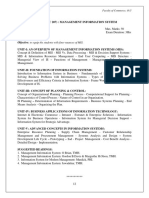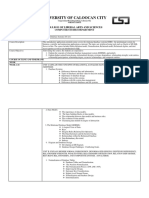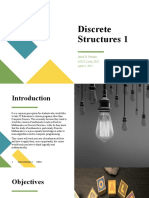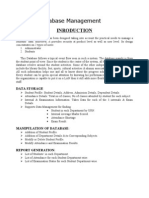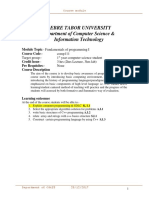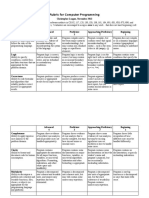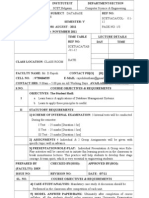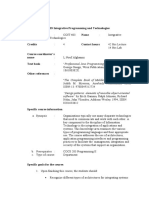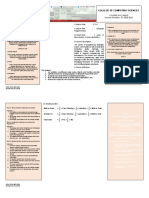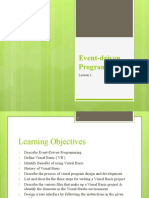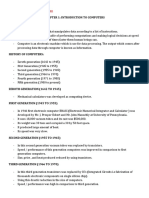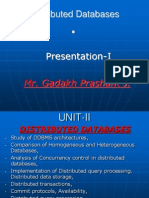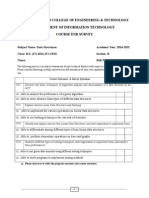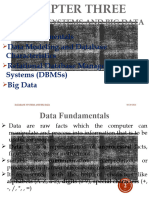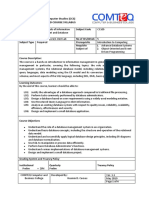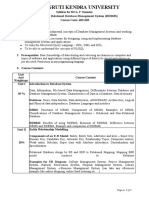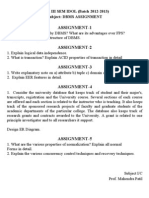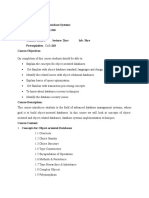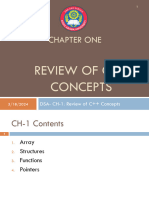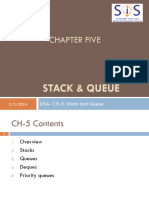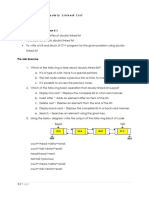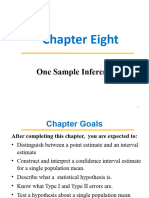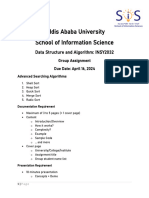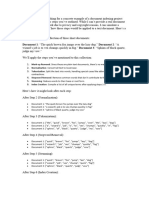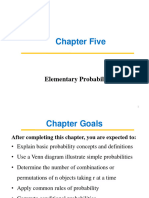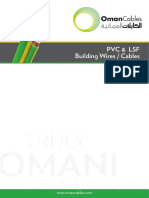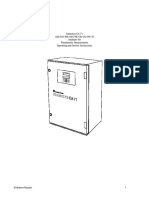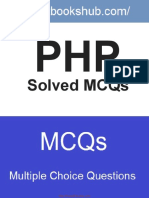0% found this document useful (0 votes)
2K views6 pagesAdvanced Database System-Course Syllabus 2021
This document provides details about an Advanced Database Systems course, including course code, credits, instructor information, course description, learning outcomes, topics, teaching strategies, assessment criteria, required software/hardware, and references. The course covers topics like transaction management, query processing, database administration, distributed databases, and object-oriented databases.
Uploaded by
beshahashenafe20Copyright
© © All Rights Reserved
We take content rights seriously. If you suspect this is your content, claim it here.
Available Formats
Download as DOCX, PDF, TXT or read online on Scribd
0% found this document useful (0 votes)
2K views6 pagesAdvanced Database System-Course Syllabus 2021
This document provides details about an Advanced Database Systems course, including course code, credits, instructor information, course description, learning outcomes, topics, teaching strategies, assessment criteria, required software/hardware, and references. The course covers topics like transaction management, query processing, database administration, distributed databases, and object-oriented databases.
Uploaded by
beshahashenafe20Copyright
© © All Rights Reserved
We take content rights seriously. If you suspect this is your content, claim it here.
Available Formats
Download as DOCX, PDF, TXT or read online on Scribd
/ 6

